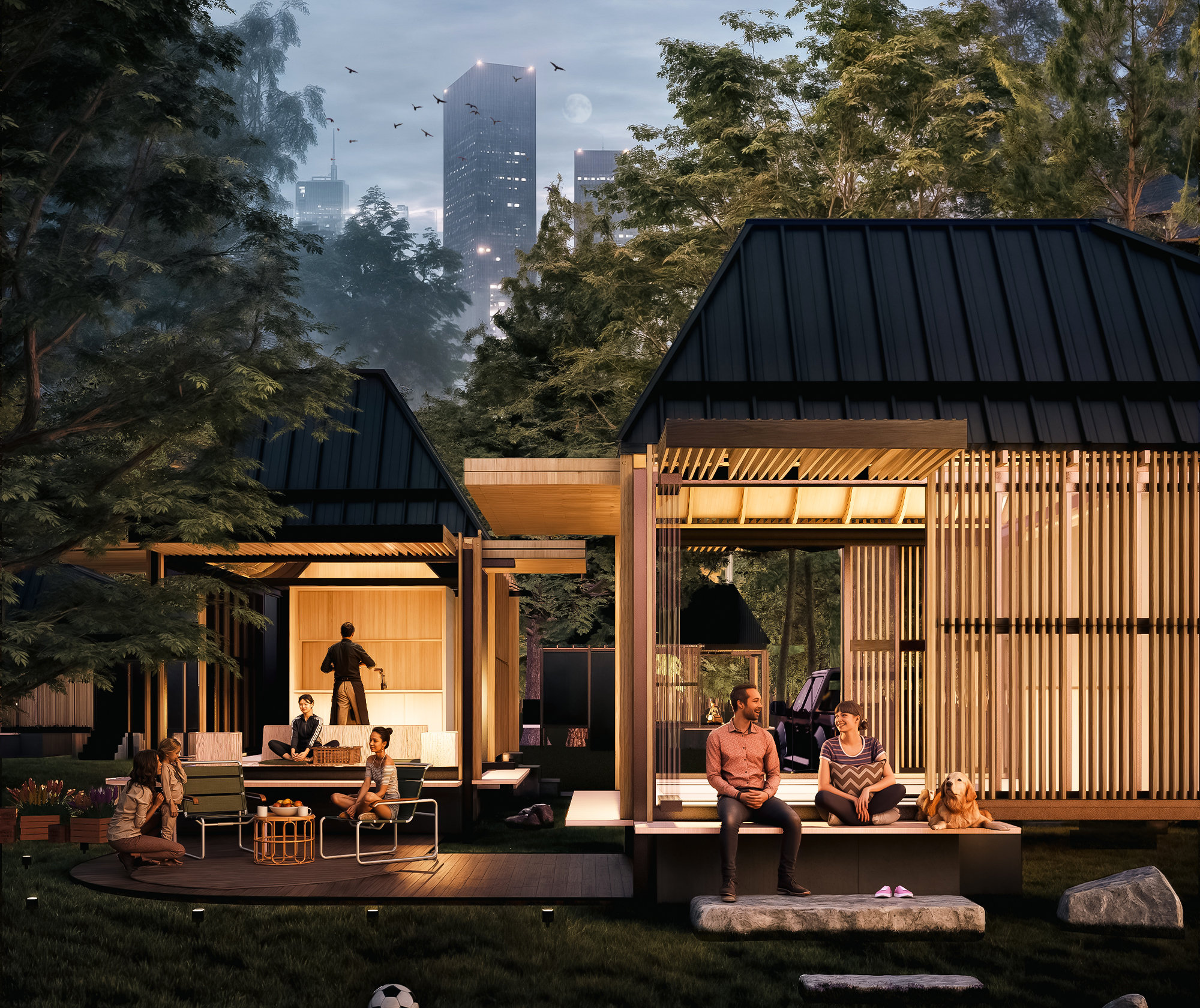.png?alt=media&token=39d394f1-0e9c-4f10-8cb8-a99e09c0fe8a)
“I never set out to be a designer who creates statements. What interests me is designing for the lives people are already living—quietly, unevenly, and with meaning.”
Currently based in San Francisco and working at Mark Cavagnero Associates, Yoojin Park engages in educational, civic, and residential design. But his work continually returns to a deeper impulse: to use design as a form of listening—and to make space for the ordinary lives that architecture too often overlooks.
Park’s path to design was indirect but deliberate. Originally trained in Urban Engineering in Seoul, he found himself drawn less to infrastructure than to the people it shaped. “Cities are not neutral systems. They’re emotional terrains,” he says. This realization led him to pursue a second major in Industrial Design, where he began to explore the tactile, personal dimensions of space. The shift wasn’t just academic. “I wanted to move from planning how people move, to understanding how people feel.”
One of his early projects, a thesis centered on a low-rise apartment complex in Banpo, Seoul, captures the pivot. The building—surrounded by towering redevelopment projects—stood as a fragile remnant of a different urban rhythm. While others saw obsolescence, Park saw memory. “It wasn’t about nostalgia. It was about respect,” he says. The project attempted to remodel the space not for prestige, but for preservation of community, acknowledging merchants, residents, and the everyday choreography of life.
That spirit carries into Home Coming Home, a micro-housing project that was recently recognized among the top entries in the MICROHOME competition by Buildner and Kingspan. Designed in collaboration with Sanghyo Kim and Ju Sang Lee, the proposal reimagines what a small living space can do for a young professional couple navigating unstable work conditions, social disconnection, and high housing costs.
.png?alt=media&token=c2fb4618-f880-4105-9750-890e3eed0cee)
But to call it a compact housing unit misses the point. Home Coming Home is a responsive, flexible dwelling that adapts throughout the day—transforming from living room to work zone, from solitude to shared intimacy. Movable façades and modular flooring systems allow for real-time adjustments in privacy and connectivity. “We treated constraint not as a problem, but as a generator,” Park explains. “It forced us to ask deeper questions—what needs to change in a home when life refuses to stay still?”
The project also draws inspiration from East Asian vernacular housing, particularly spatial logics rooted in openness, layering, and dual-use. These aren’t gestures of style, but cultural translations—ways to make small space feel expansive through sequencing and shared infrastructure. It’s an architecture that doesn’t fight its limits; it listens to them.
Asked about the “social agenda” of his work, Park is cautious. “All design is social. The question is: whom does it serve?” His approach resists grand narratives and favors careful calibration—between individual and collective, between permanence and improvisation. Home Coming Home is not a manifesto. It’s an argument, made in built form, that even in limited space, dignity can be designed.

Park is now expanding his work across multiple scales through his practice in San Francisco, yet his focus remains grounded in a set of consistent themes: adaptability, emotional infrastructure, and cultural relevance. Looking ahead, he expresses a desire to address neglected or erased urban conditions—informal settlements, transitional zones, places that don’t fit neatly into official maps. “To disappear is also to be undocumented. I want to read those spaces again.”
In a time when design is often hijacked by spectacle or diluted into surface, Park insists on a different path. “Design should make life more possible—not just more beautiful.” He doesn’t claim to have answers, but he’s relentless in asking the right questions. And perhaps that’s what design needs most now—not a louder voice, but a more careful ear.
“I always return to one sentence before starting any project,” he says. “Who is this for?”
Yoojin Park's work exists in service of that question. And it’s not done answering yet.
2016-03-21